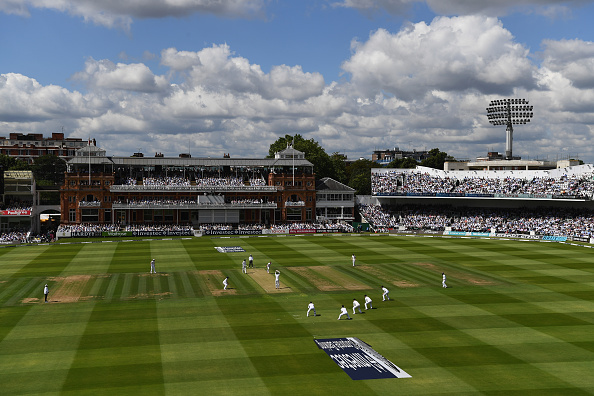By Richard Edwards
Lord’s has always been the epitome of English cricket’s green and pleasant land – but with the 2017 season about to begin, that description has now taken on a double meaning.
The home of Middlesex and the MCC will be run entirely on renewable energy this season, handing a ground that hosted its first match in 1814 a very modern first in the English game.
Thanks to a deal struck with energy broker, EUtility, the ground will be using 100 per cent renewable energy derived only from completely renewable sources throughout this season – with Lord’s harnessing solar and wind power to help clean up its act.
Russell Seymour, the MCC’s Sustainability Manager, tells The Cricket Paper that Middlesex and MCC members won’t be able to notice any difference after the switch, but the Lord’s hierarchy clearly believe that it’s incumbent on perhaps the world’s most fabled cricket venue to take the lead in an area that sport has taken some time to embrace.
“The Paris Climate Change agreement and the United Nations Sustainable Development Goals have put a requirement onto (nearly) all world Governments to reduce carbon emissions and to improve performance for other sustainable development principles,” says Seymour.
“In that sense all business sectors have a responsibility to assist with meeting those targets. Climate change predictions are becoming apparent and will affect how sport is played to some extent.
“I would argue that cricket will be affected by climate change more than other pitch sports.”
There’s certainly a firm basis for that opinion, with many full ICC members finding themselves in the eye of the storm when it comes to battling unparalleled changes in temperatures, rainfall and drought.
“Consider how playing conditions change with differing weather, even in the course of one day – a bright clear sunny morning compared to a warm humid and overcast afternoon,” he says.
“Multiply this by the effect of climate change predictions and English conditions will change substantially.
“You also have to take note of the impact on cricket-playing nations around the world – land losses in Bangladesh, drought in India and extreme temperatures and wild fires in Australia.
“I would argue that cricket has an opportunity to lead sport, or at least pitch sports – given that sports such as sailing and golf are already ahead – in taking action and raising awareness about sustainability and environment issues.”
The MCC have put their money where their mouth is on sustainability, too, with the shift towards renewables actually costing more rather than saving the pennies, in the short-term at least.
“Renewable energy is very close to being the same price as ‘conventional’ energy, but there is a small premium – a fraction of a penny for each kWh used,” says Seymour.
“Renewable energy will cost us about an extra £2,000 per year but it was agreed that this was a small price worth paying to act responsibly and to use renewable electricity.”
Middlesex revived their fortunes on the pitch last season, now Lords is hoping it’s move can lead the way for grounds across the country.
This piece originally featured in The Cricket Paper, March 24 2017
Subscribe to the digital edition of The Cricket Paper here












